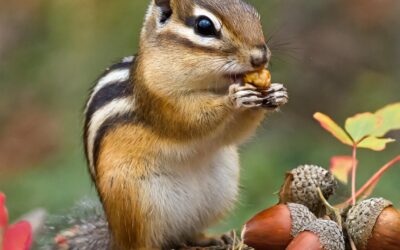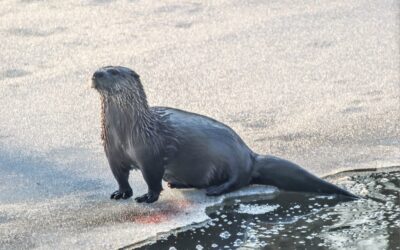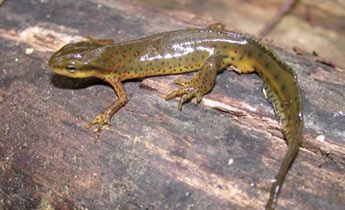
As I sit in front of my computer mulling over ideas for our Museum blog I find myself repeatedly distracted by the activity outside my window. Here in the Finger Lakes, over the past couple of days, Meteorologists (of the human species) have been alerting us to an approaching ‘significant’ snow event. Have you ever noticed an increase in wildlife activity when there is a storm approaching? I have to say, there is a flurry of wildlife activity in our backyard today.
I love bird watching and have two tube feeders, 2 tray feeders, a suet feeder and a heated birdbath within view of my seat right now. As a Cornell Lab of Ornithology Project FeederWatch participant for the past 23 years I confess to spending more than a few hours each week, from November to April, sitting right here looking out the window. Today all the feeding stations are busy enough that, at times, there are birds sitting on the railing, on the pulley line, and in the nearby trees, waiting for a chance to fill their bellies.
According to Audubon, “fat birds have a better chance of surviving a storm. When birds sense changes in air pressure (a sign of brewing bad weather), they tend to forage more, or flock to feeders.”
A few more sayings about our feathered meteorologists include:
- Birds fly lower before a storm
- When birds eat a lot and then disappear, a terrible storm is very near
- When the grouse drum at night, there will be a deep fall of snow
- If the robin sings loudly from the topmost of trees, expect a storm
- The loon calls loudest before the storm
I think I can safely say, based on the bird parties happening at our feeders today, that we are going to have weather 🙂 All kidding aside, it looks like time to make sure your shovel is ready for action.
Well, I suppose it is time to get back to my original task, whatever that was. I’ll leave you with a few pictures, all taken while sitting here pondering my next move. Scroll all the way down for more on bird watching including health benefits , Project FeederWatch, and our up-coming 6th Annual Bird Walk with Mahlon and Eleanor Hurst.
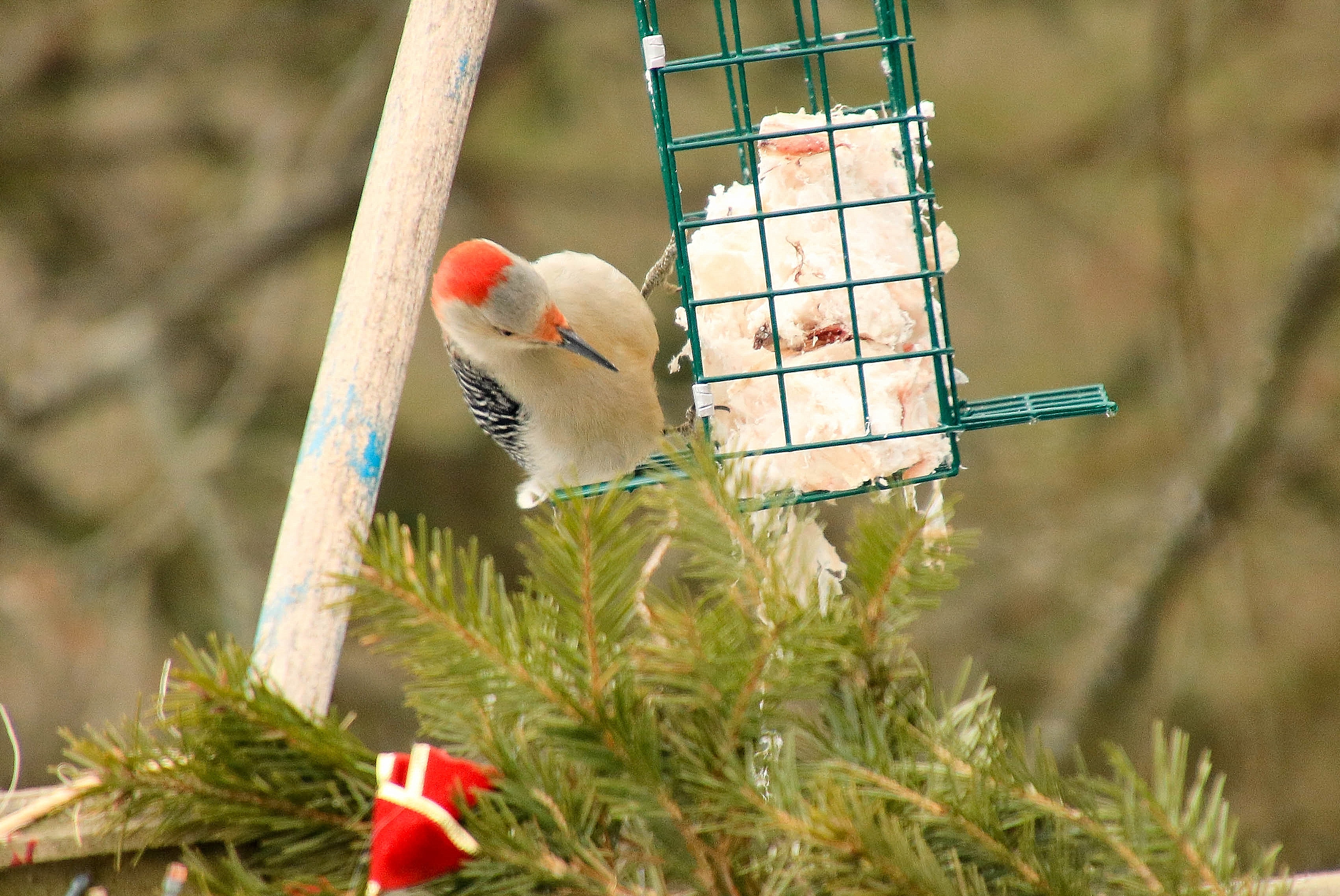
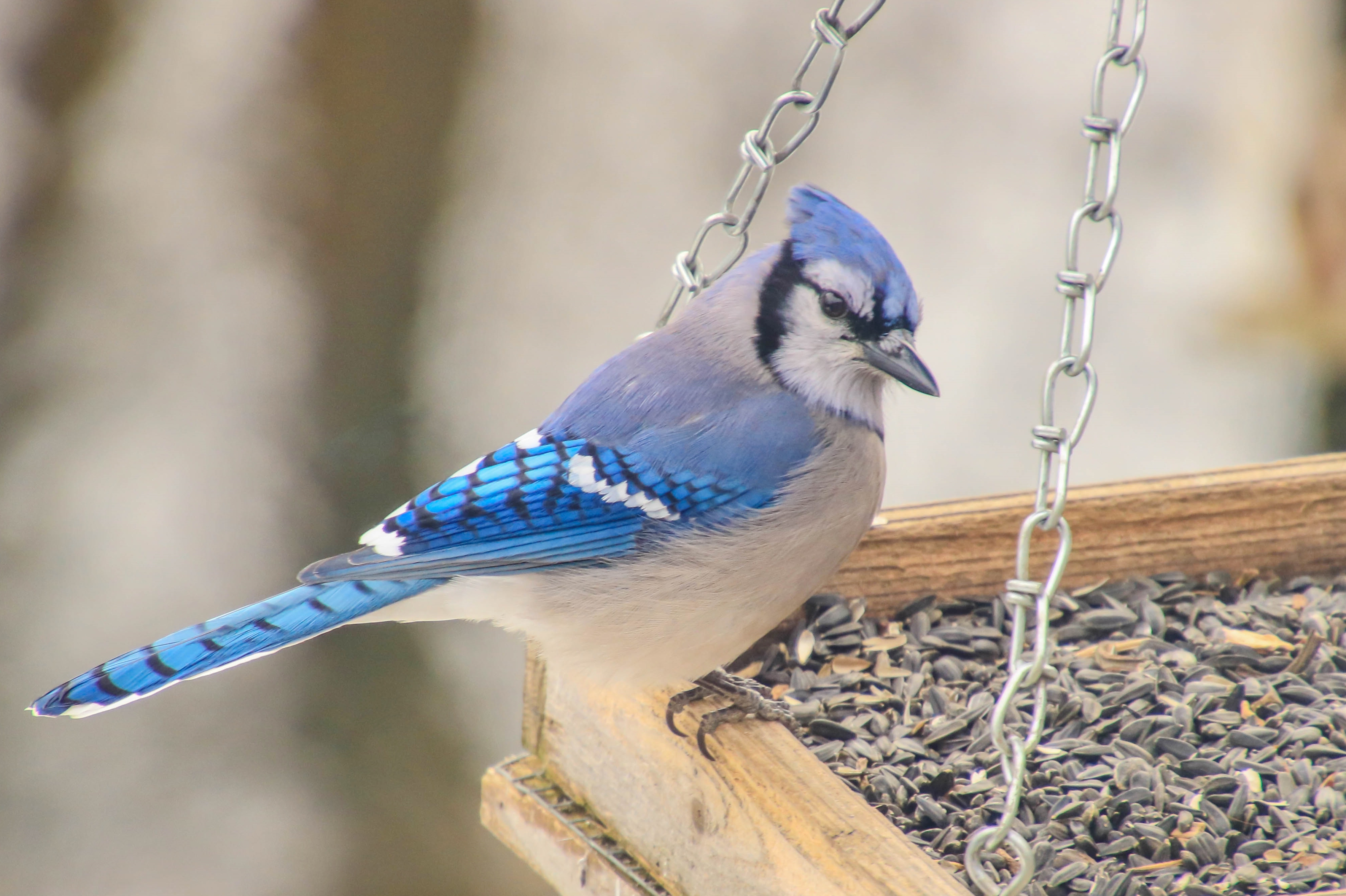

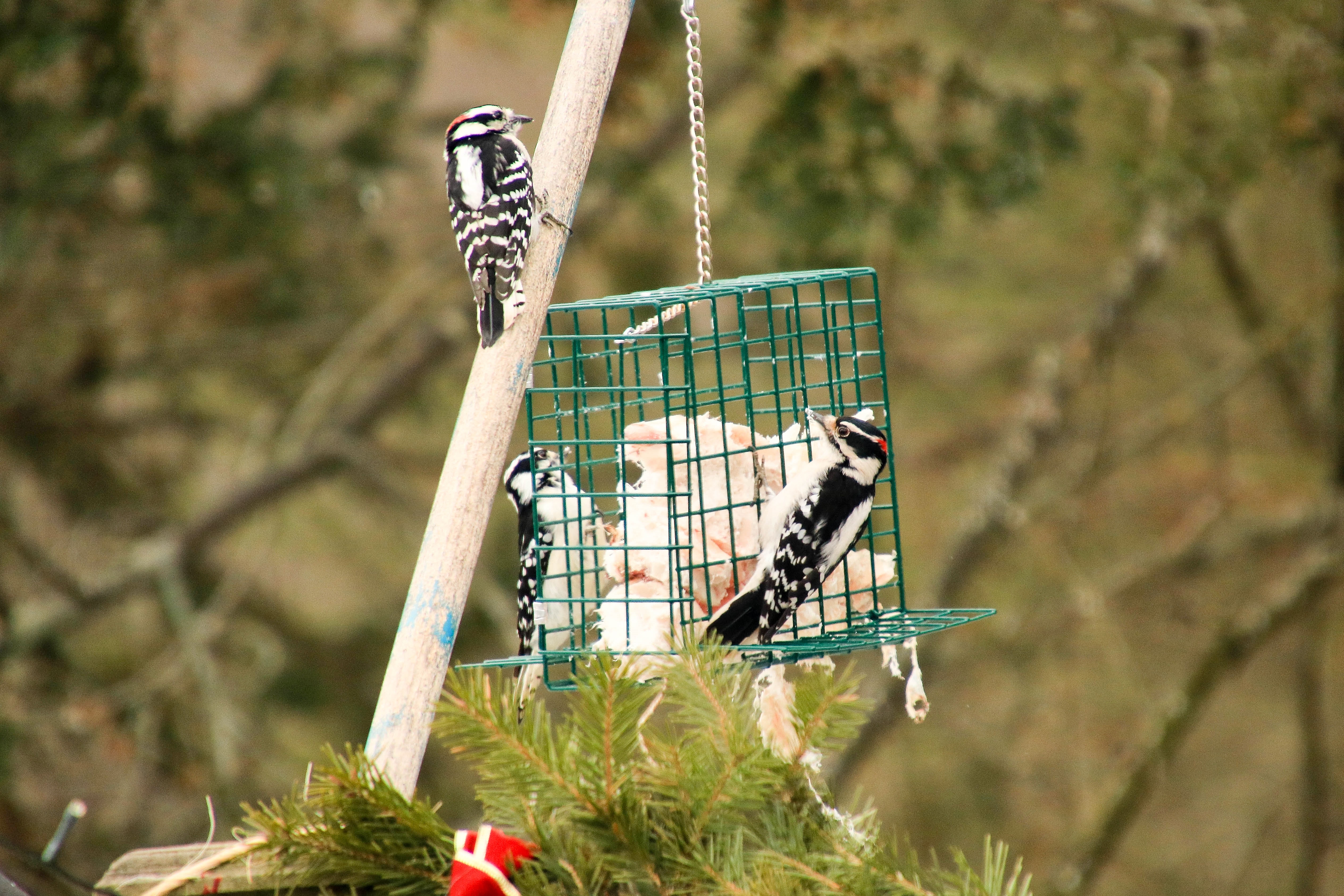
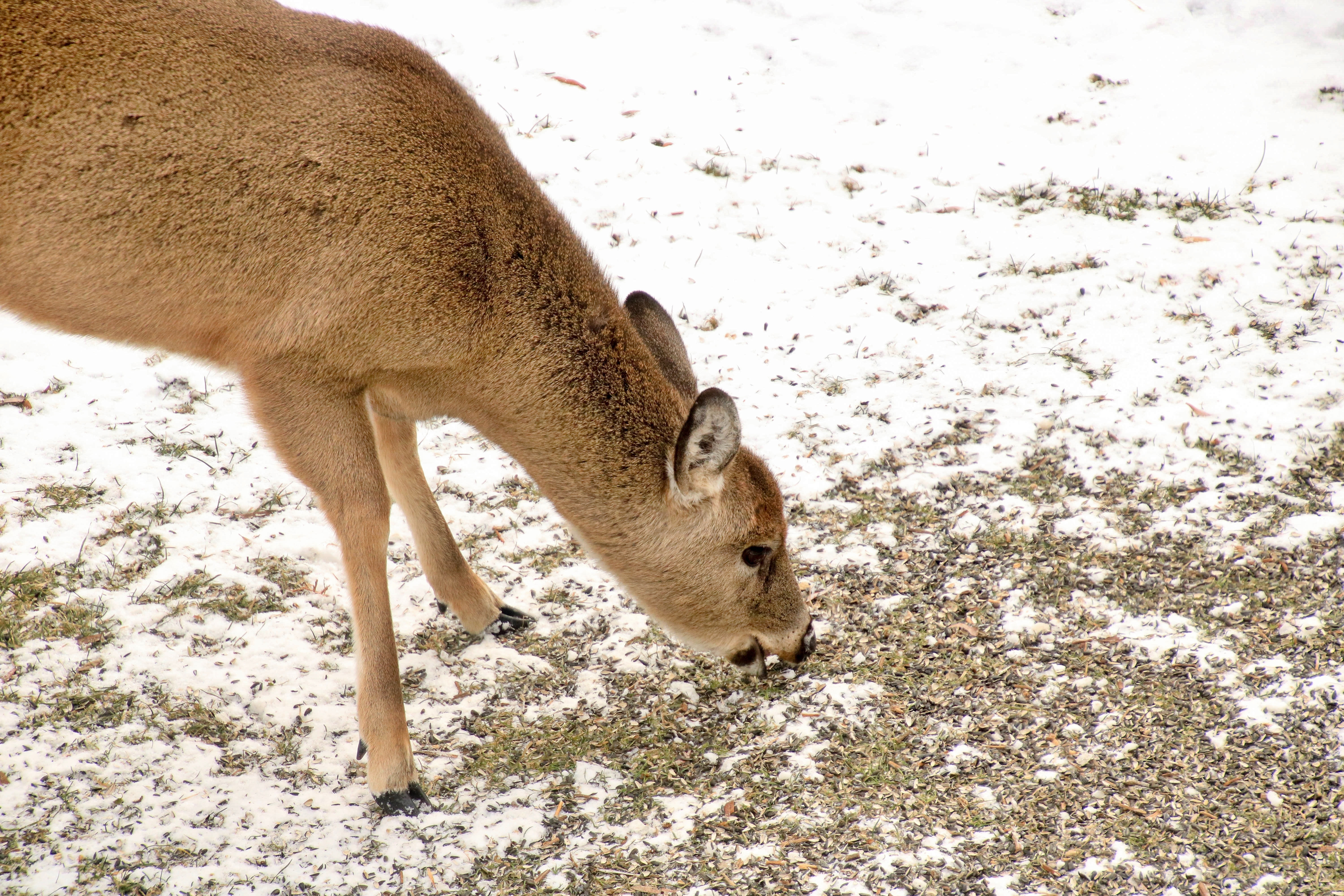
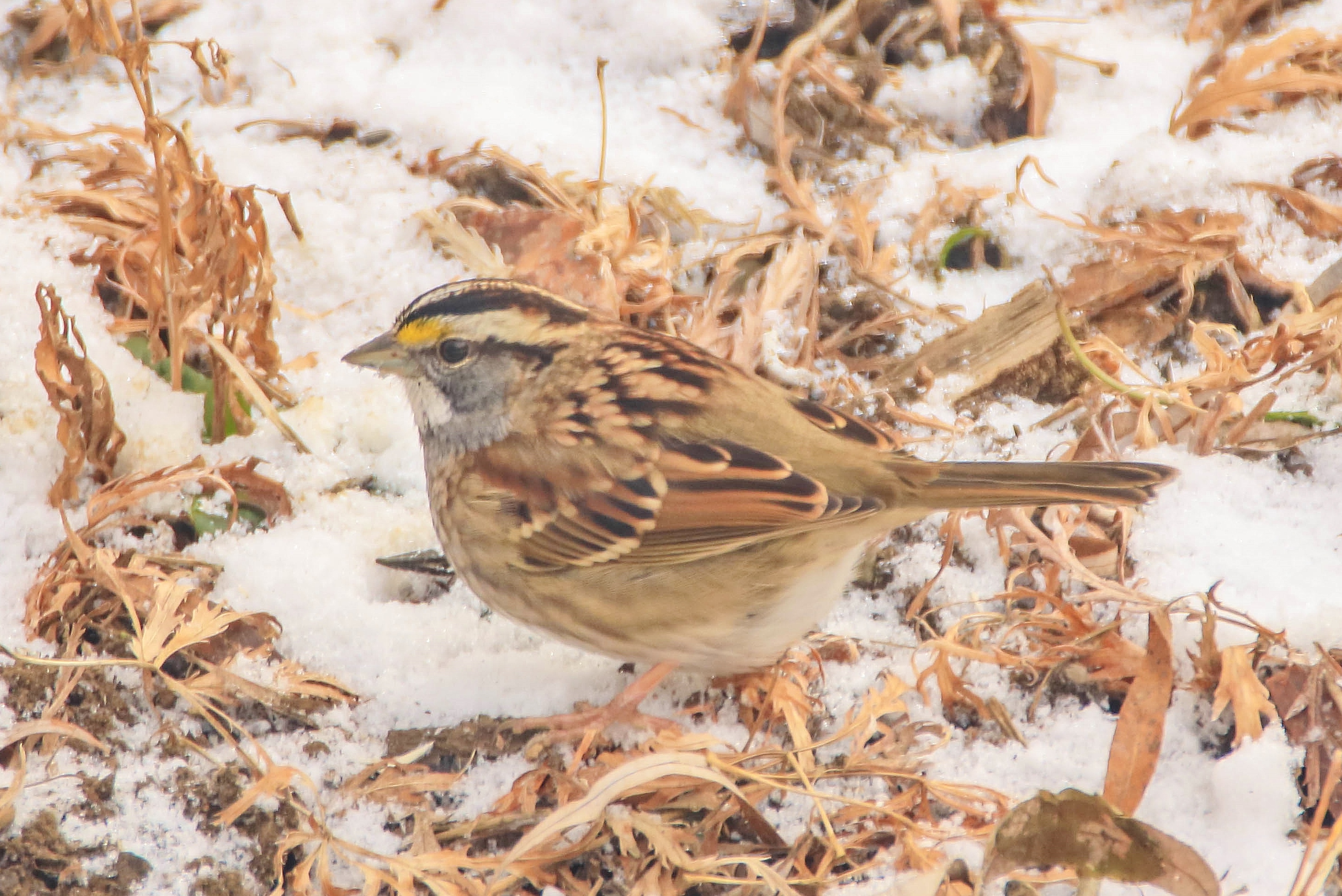
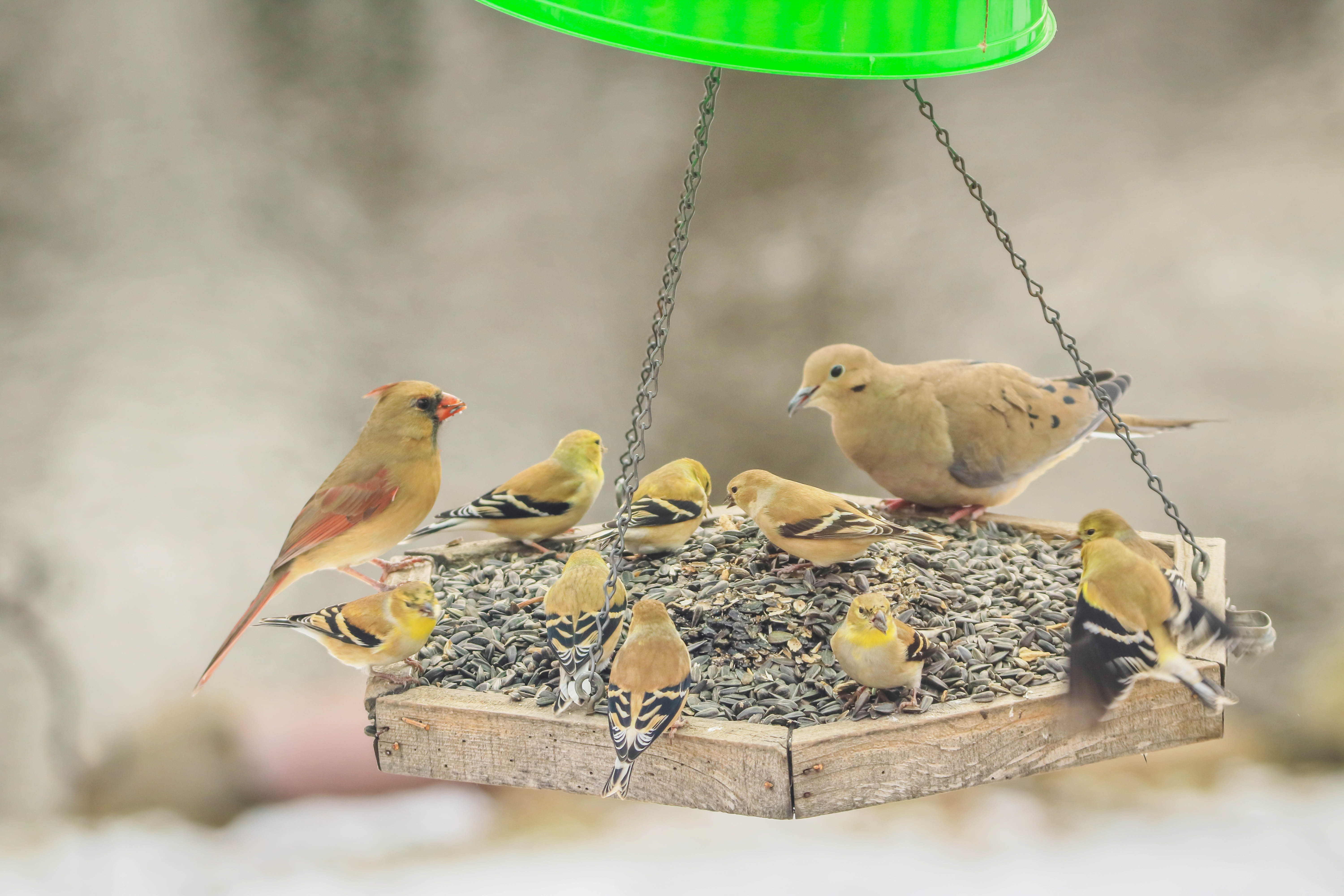
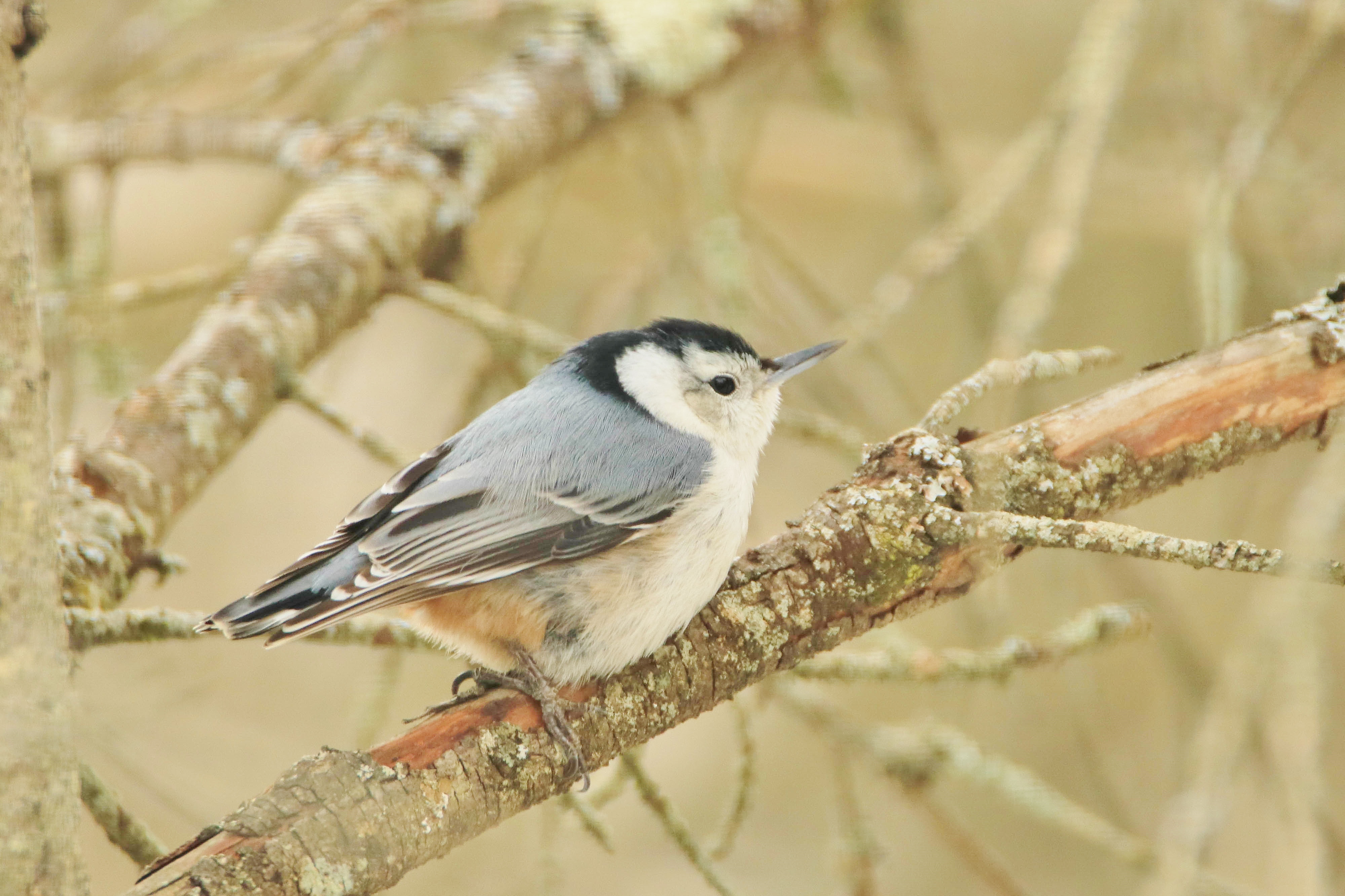
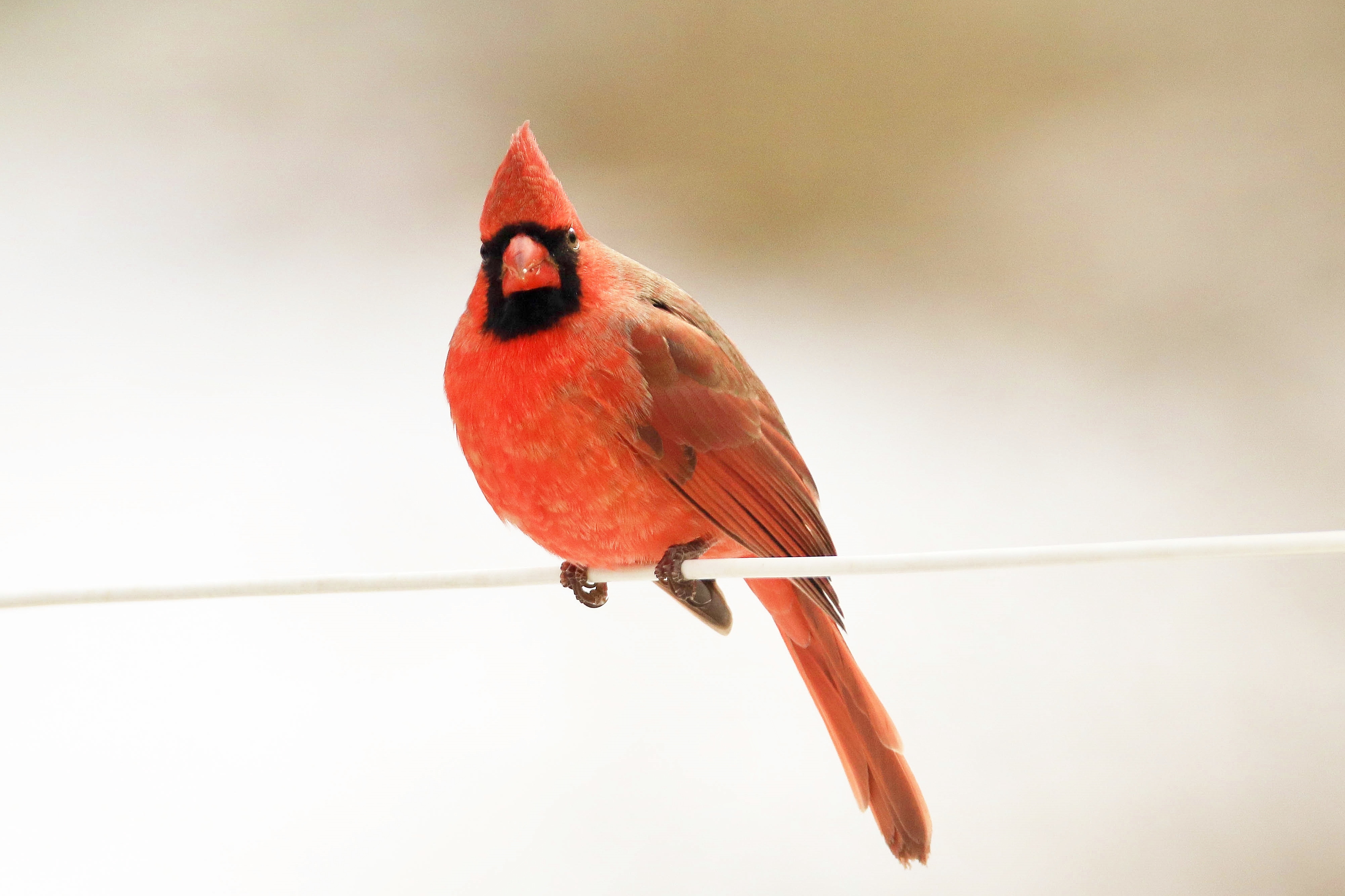
Photos by Helen Heizyk
Did you know??
From Health Fitness Revolution – The Top 10 health benefits of bird watching are:
Appreciation of Nature
Patience
Contemplation and Introspection
Quick Reflexes
Mental Alertness
Cardiovascular Health
Sense of Community
Acceptance
Travel
Increases Upper Arm Strength
Helpful links:
Gimme Shelter: How Do Birds Survive a Snow Storm?
**FLM&A 6th Annual Bird Walk with Mahlon and Eleanor Hurst**

